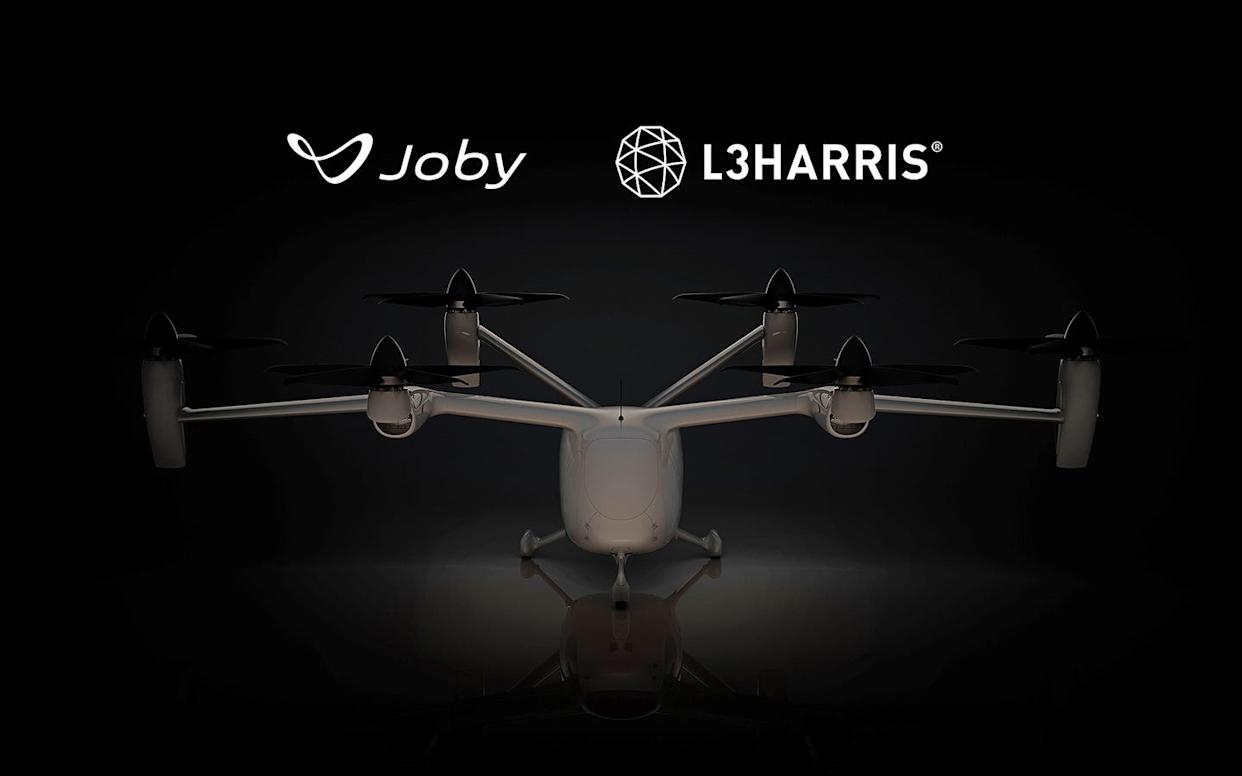
VTOL passenger startup Joby Aviation teams up with L3Harris to develop "defense applications" for its manned and unmanned aircraft.
Joby has been thinking about the defense capabilities of its aircraft for some time now and wants to take advantage of long-range autonomous flights.
Drones have changed the nature of conventional warfare in a matter of months, with some VTOL and drone developers in the west now looking to work with the military industrial complex.
As the Paul Verhoeven universe we've endured for about a decade now increasingly intersects with a Neill Blomkamp reality and its unnerving humanoid robot aesthetic, it was only a matter of time before we'd get something cool and luxurious-looking that could hover in midair while also performing some kind of "defense" task.
To make this future a reality, Joby Aviation has teamed up with L3Harris to work on a new aircraft class for defense applications, one that could also operate in unmanned mode.
Flight testing is already expected to start later this fall, so no time is being wasted while conflicts are ongoing around the globe, with more brewing on the horizon.
And the ideas behind this sort of aerial vehicles aren't being considered by Joby for the first time.
"We have worked closely with the Department of Defense over the past decade to give them a front-row seat to the development of our dual-purpose technologies, and we're now ready to demonstrate and deploy it," said JoeBen Bevirt, founder and CEO of Joby Aviation.
But these craft won't be necessarily electric, given the military demands to hover for hours at a time.
Here Come Larger ‘Mothership’ Drones
"Gas turbine hybrid vertical take-off and landing (VTOL) aircraft offers the versatility of being optionally piloted, enabling both crewed and fully autonomous operations," Joby said.
The company bought the autonomy division of startup Xwing last summer, in order to gain more expertise on long-range autonomous flight.
It isn't lost on industry observers that drones large and small have transformed one major land conflict in Europe virtually overnight and continue to develop at a dizzying pace, with off-the-shelf drones worth just a few hundred dollars being able to knock multi-million-dollar armored vehicles out of commission.
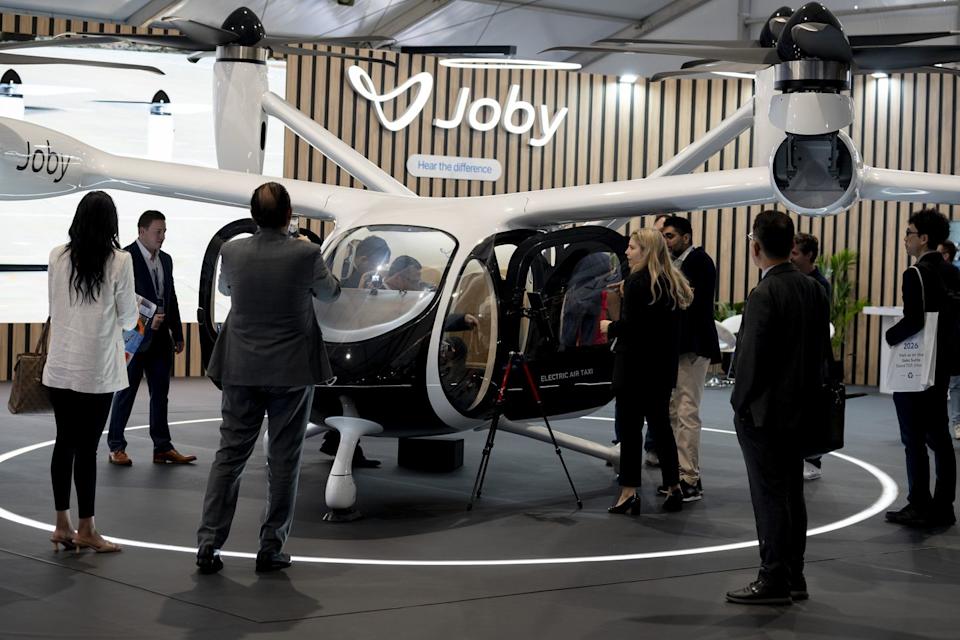
That's what's called a game-changer, and there have been numerous such game-changers just within the field of eVTOL and drone tech every year this decade, including jam-proof fiber-optic cables that allow drones to fly in environments where electronic jamming occurs.
While most of the tactical focus has been on smaller and cheaper drones in big numbers, larger "mothership" drones are also starting to play a role, able to carry heavier items, weapons systems, or enough fuel to hover over an area for hours at a time.
The battlefield of the future certainly looks to be reliant on drones of all sizes to a degree that was unimaginable less than a decade ago, especially when it comes to defeating much more expensive but more vulnerable ground and aerial machinery.
Rolling Out the ‘Low-Altitude Economy’
Joby and other eVTOL developers are now quickly turning from purely a civilian passenger model to a defense innovation phase, with demand for VTOL tech having skyrocketed since 2022 for obvious reasons.
"The next-generation of vertical lift technology enables long-range, crewed-uncrewed teaming for a range of missions," said Jon Rambeau, President of Integrated Mission Systems, L3Harris.
"We share a vision with Joby to deliver urgently required innovation by missionizing VTOL aircraft for defense needs."
But don't worry. Joby is still into passenger eVTOL craft, seeking to cut down urban travel routes over busy megapolises around the world. At least to those willing to pay more to skip the traffic below.
And it's not alone as analogous models from China—also designed to operate autonomously—are already enjoying a commercial rollout as part of a "low-altitude economy" for sightseeing trips and for quick jaunts around tourist sites.
So it's not an entirely Neill Blomkamp future we're facing. There will still be some travel and tourism aspect to all this.
Do eVTOL craft have more potential for passenger transport or for military applications? Let us know in the comments below.

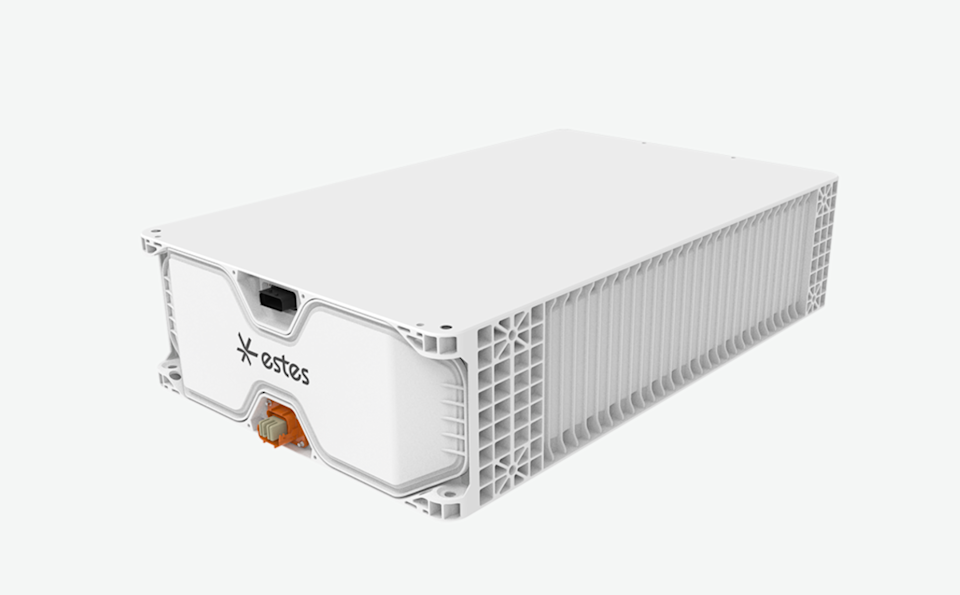
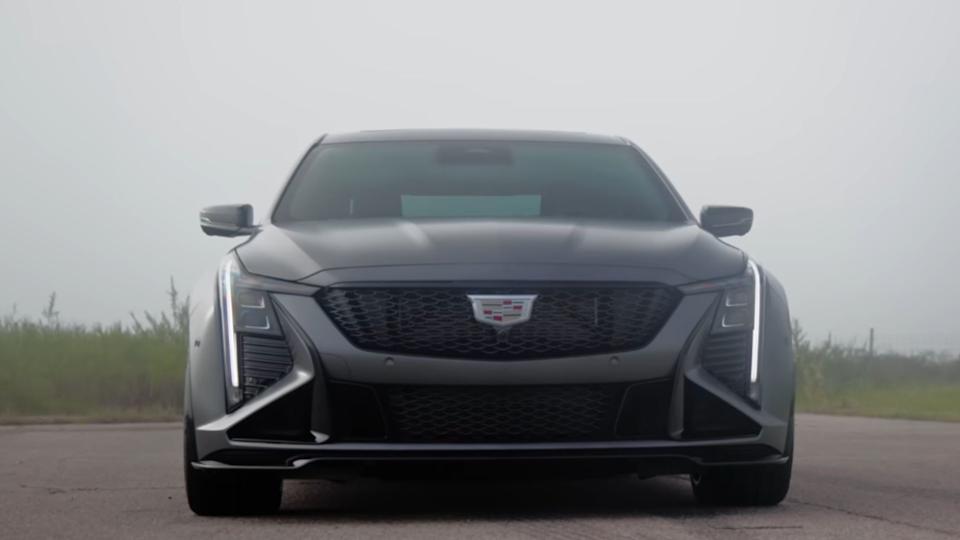
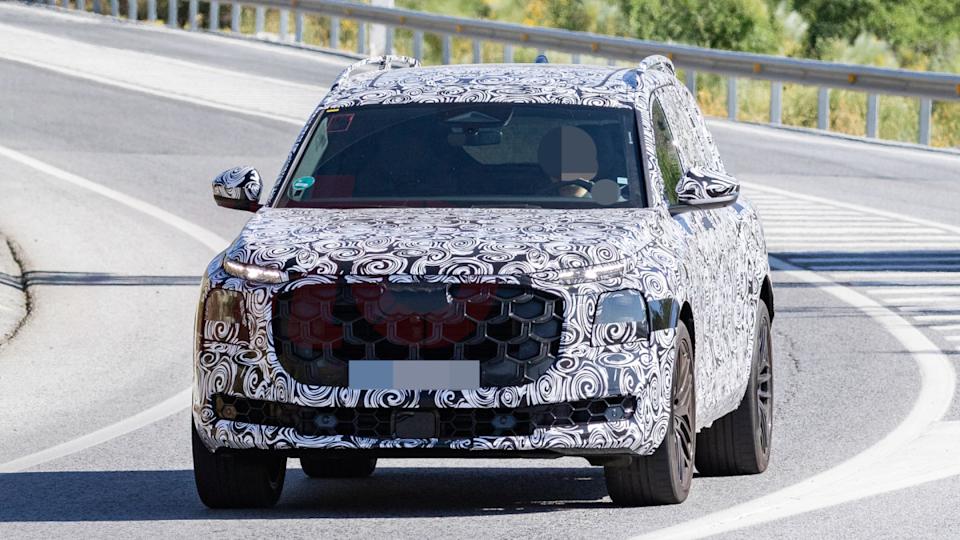
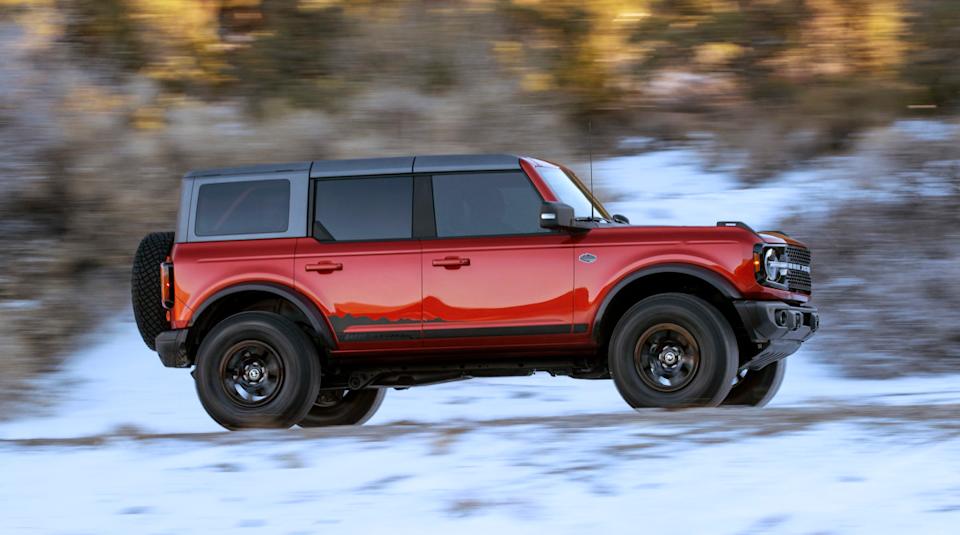

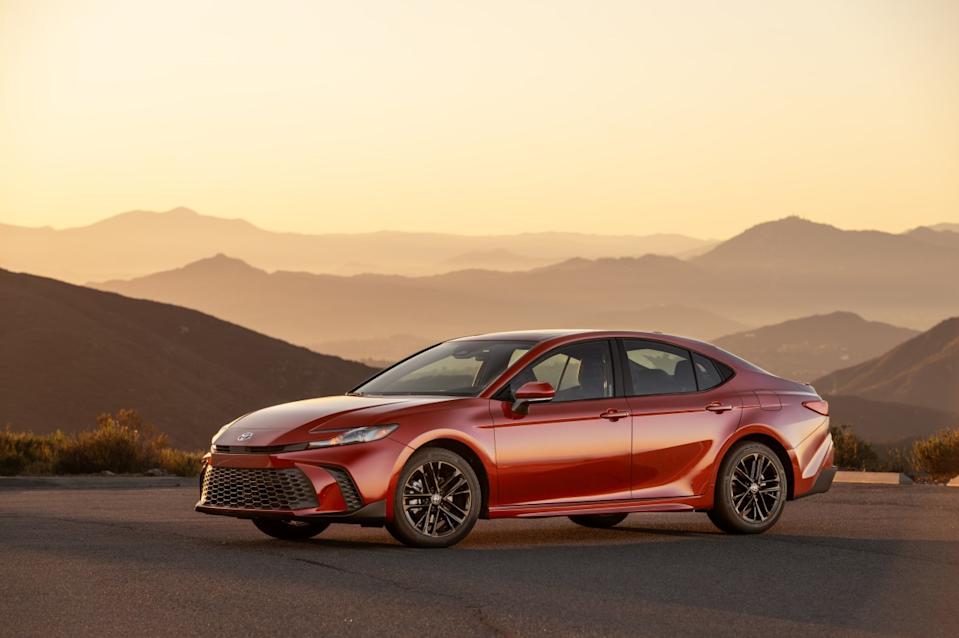
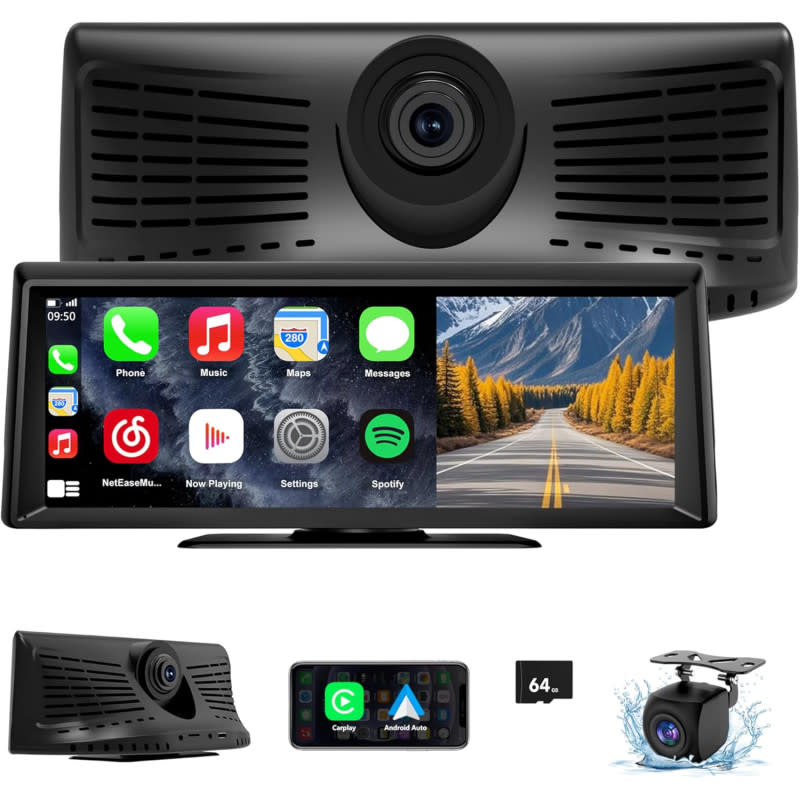
Comments